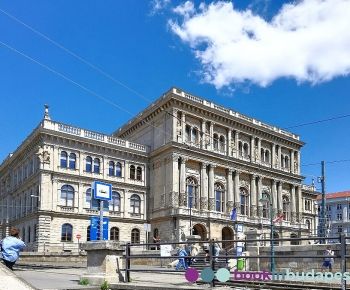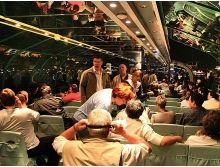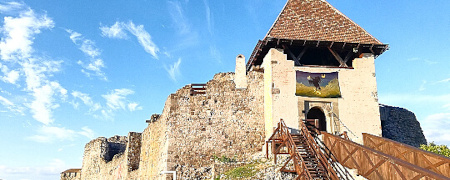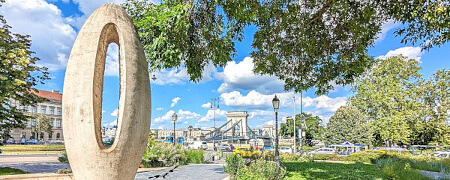Hungarian Academy of Sciences
Hungarian Academy of Sciences: The first example of Neo-Renaissance architecture in Budapest
The building of the Hungarian Academy of Sciences on Széchenyi István square was the first example of Neo-Renaissance architecture in Budapest. Count István Széchenyi, often referred to as “the greatest Hungarian”, offered one year’s income for its foundation in 1825. The construction was finished in 1865; the architect was Friedrich Stüler from Berlin, the official architect to the Prussian crown.
Aside from its official function, the Academy often gives home to cultural events, such as classical music concerts and conferences. The name of the institution is inscribed in golden letters between the 2nd and the 3rd floors on the facade of the building. There used to be a full stop at the end – but this full stop has disappeared after the Academy published new orthographic rules, according to which “there should be no full stop after a title”.

![]()
1051 Budapest, Széchenyi István tér 9
![]()
Tram: Nr 2 – Stop: Széchenyi István tér
![]()
![]()
Gresham Palace (200 m)
Chain Bridge (400 m)
Pesti Vigado (650 m)
St. Stephen’s Basilica (700 m)
Buda Castle Funicular (800 m)
Váci street (800 m)
Royal Palace in Buda Castle (1200 m)

![]()














 OPERA TOUR BUDAPEST
OPERA TOUR BUDAPEST DANUBE BEND TOUR
DANUBE BEND TOUR DINNER CRUISE
DINNER CRUISE DINNER CRUISE & SZÉCHENYI BATH
DINNER CRUISE & SZÉCHENYI BATH TOP BUDAPEST
TOP BUDAPEST COCKTAIL CRUISE
COCKTAIL CRUISE